

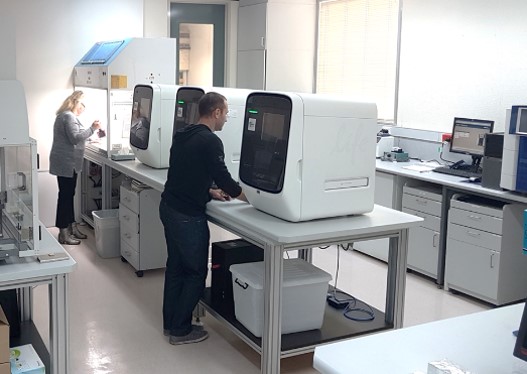
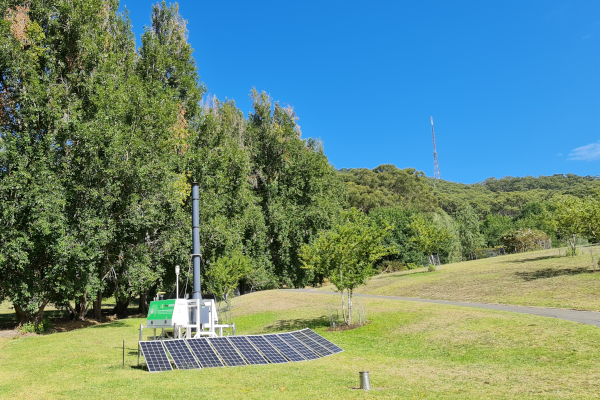
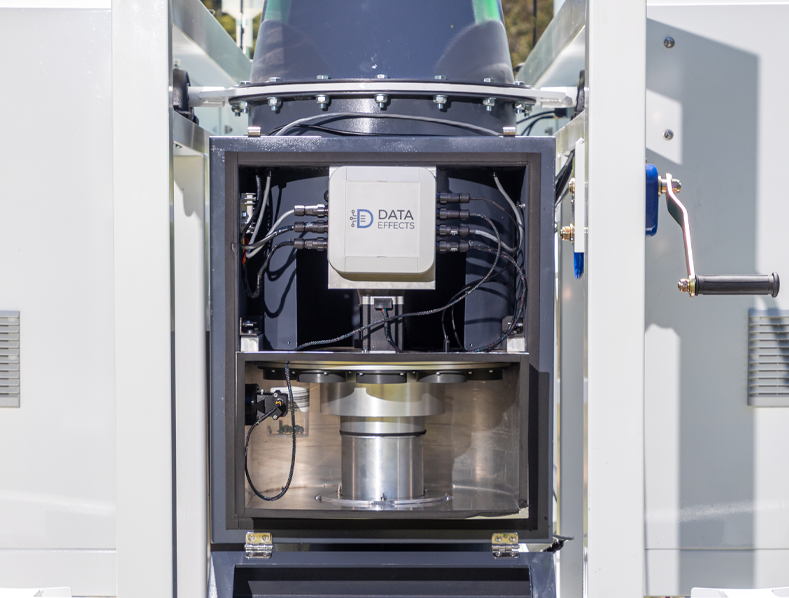
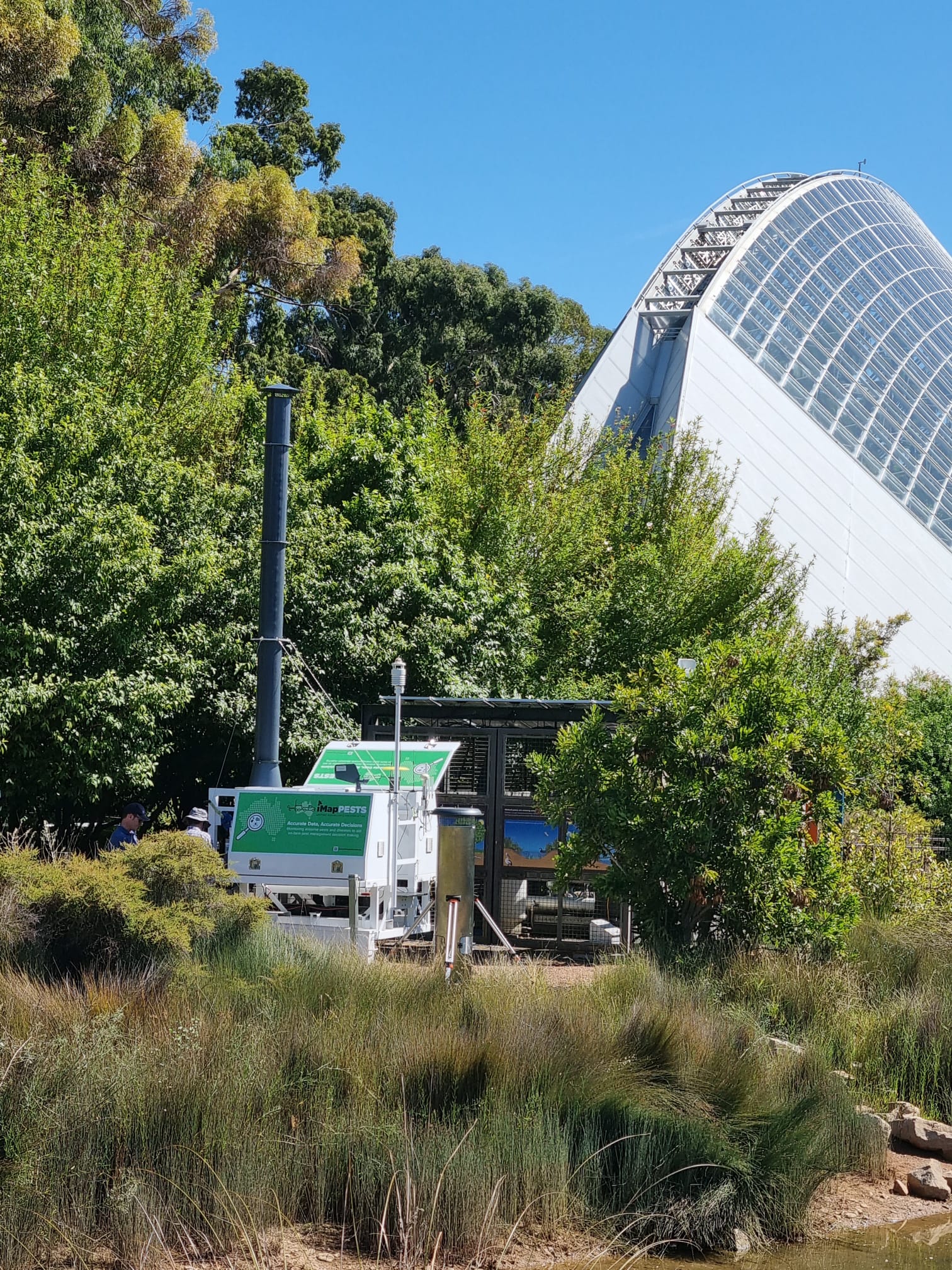
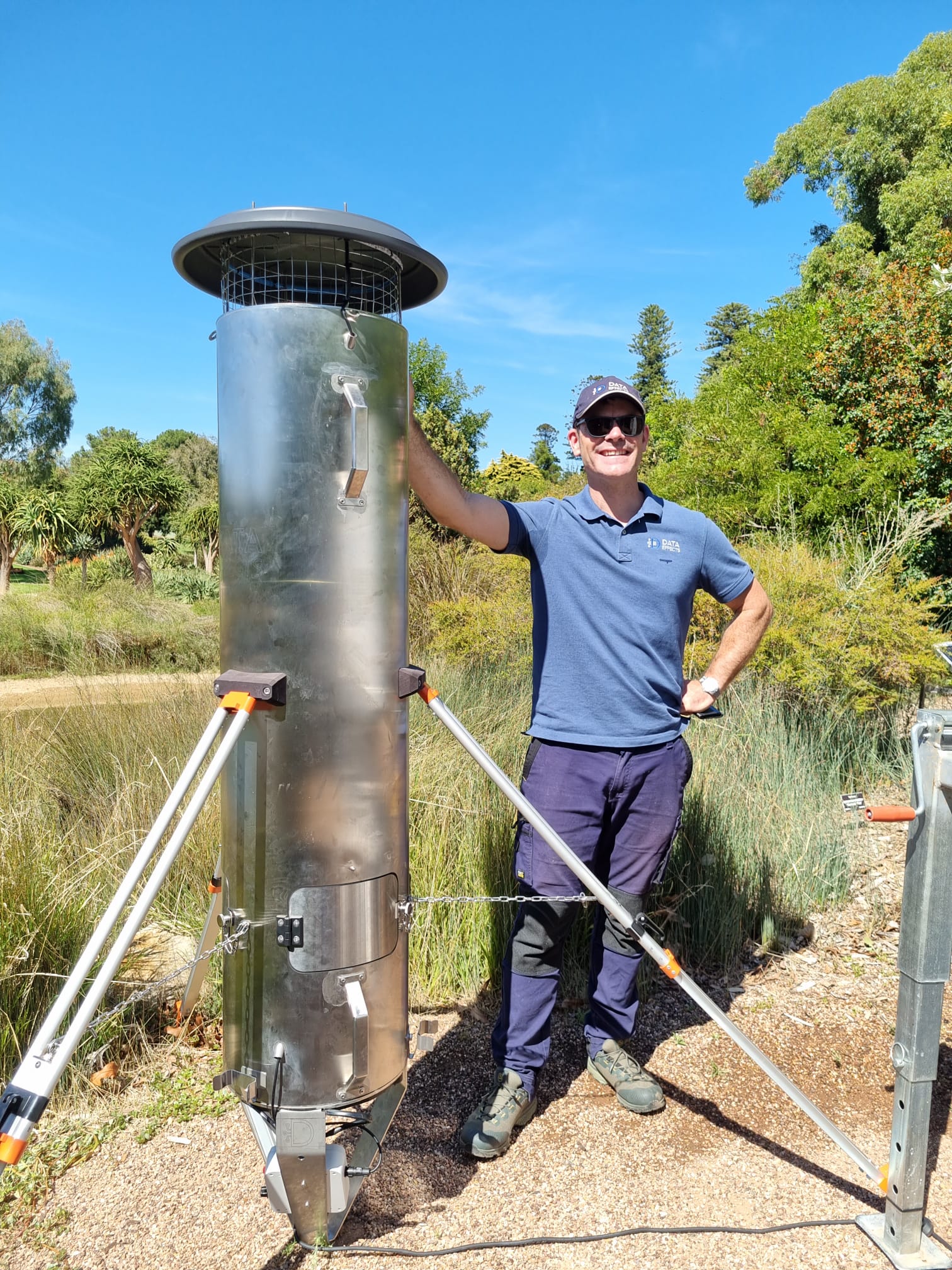
The Botanical Bugs & Biosecurity project will enable school students to examine the fascinating and diverse world of flying insects, discovering the unique shapes and colours that facilitate classification into orders, families and species. It will help highlight the critical links and possible impacts of climate change on insect biodiversity, biosecurity and Australia's food security.
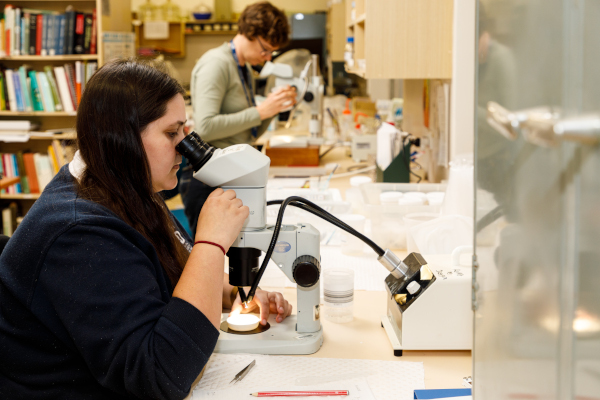
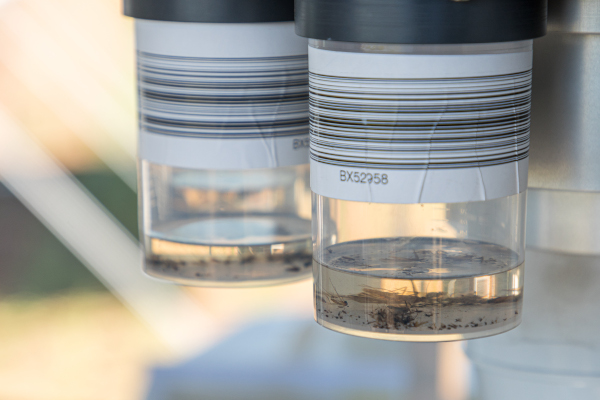
Project findings will add to our understanding of airborne biodiversity dynamics and provide insights about the status and distribution of insect pests and beneficials in urban and agricultural settings. This unique student project will link to active pest surveillance research activities, build Australia's food security resilience and help to inform the management of local market gardens, urban gardens and vineyards.









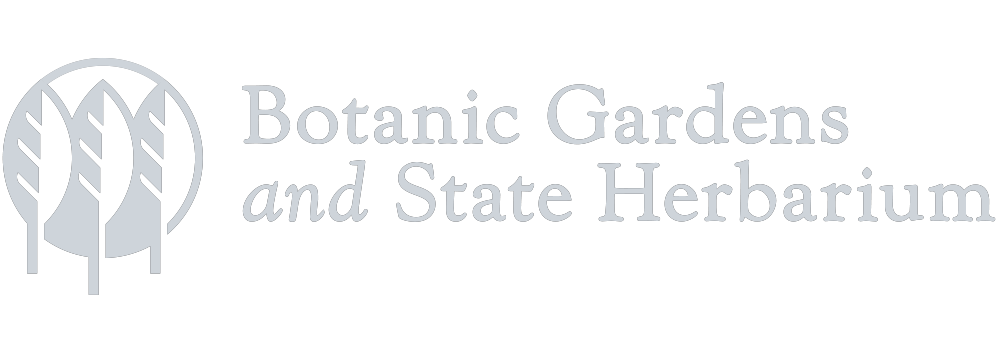


This project combines automated field-based air sampling and the latest environmental DNA (eDNA) sequencing technologies to investigate rapid and accurate detection of plant pathogens. A specific focus of this project is myrtle rust, a globally serious pathogen/disease that infects and kills many plants in the Myrtaceae family, including culturally, ecologically and commercially significant species such as eucalypts, bottlebrushes, paperbarks and peppermint trees, and has become an established disease on Australia's east coast since its first detection in 2010. Spores of Myrtle rust have been detected in South Australia for the first time in 2020 using the iMapPESTS 'Sentinel' system, so it is now being used to monitor if airborne spores of myrtle rust drift into the Botanic Gardens and the Gardens' staff are monitoring the grounds for the myrtle rust fungus that could impact their plants.
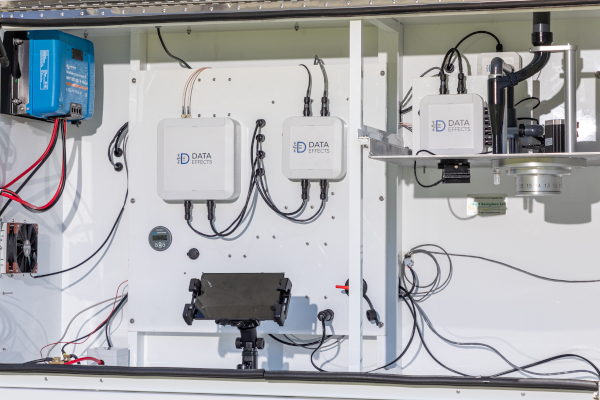
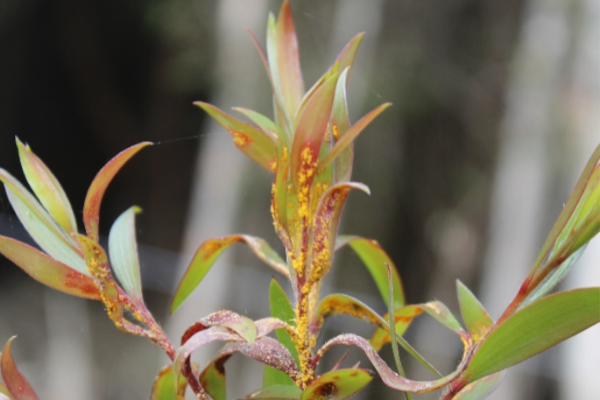
Pathogen samples collected in the Gardens by the iMapPEST Sentinel spore traps are processed using a high throughput DNA extraction facility developed at SARDI right here in Adelaide, capable of processing up to 500 environmental samples within 24-48h of receival. DNA extractions from sentinel samples are sent to Canberra for eDNA sequencing for monitoring variations of plant pathogens to inform officers of current and emerging threats to Australian biosecurity. This project will help improve accurate and reliable detection and identification of plant pathogens to inform programs such as the myrtle rust National action plan surveillance.





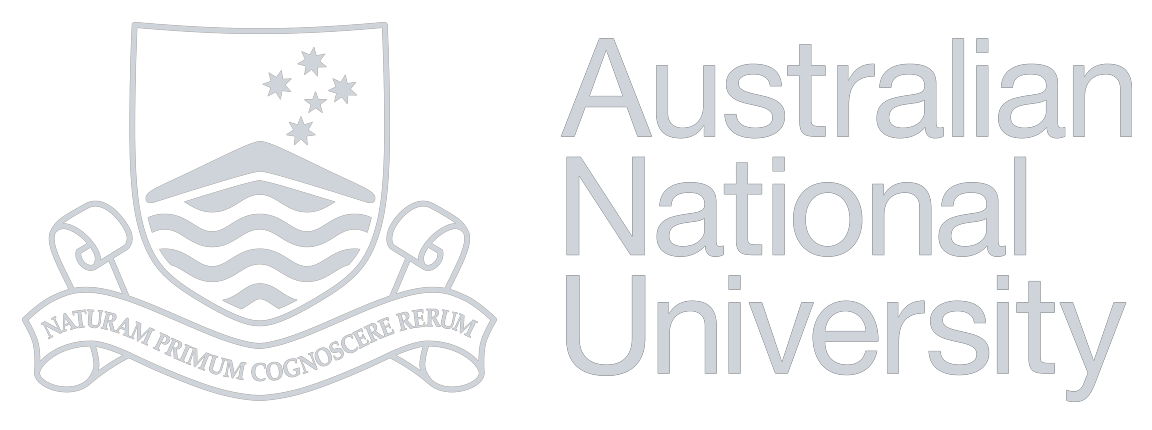


iMapPESTS 'sentinel' suction traps were designed to assist with faster response to agricultural and native ecosystem threats through plant pathogen and pest detection. The sentinel comprises three trapping units: a 2-metre insect trap, a 6-metre insect trap and a spore trap. The sentinel also collects environmental data and is powered by batteries and solar panels. This project aims to test how effectively the trap monitors parasitoid wasp diversity and abundance during a pest-monitoring as pollinators and natural enemies that help maintain the balance in the environment.
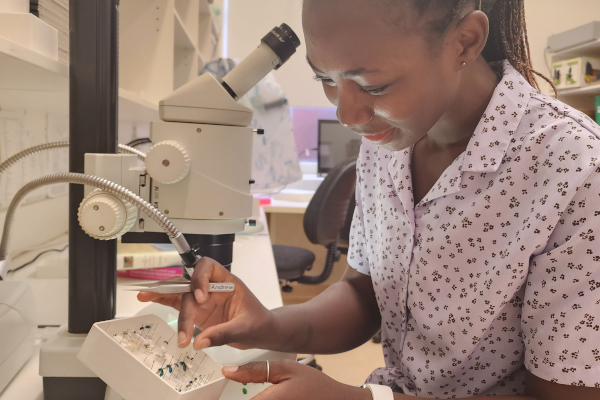

Automated Sentinels have been placed at Adelaide and Mount Lofty Botanic Gardens with a Malaise trap adjacent to test the efficiency of the traps in monitoring parasitoid wasp presence and diversity. The samples will be collected weekly and analysed at the University of Adelaide. The parasitoid wasps will be identified morphologically and with DNA data to compare the abundance and diversity among the traps. This project will assist in evaluating the surveillance units in monitoring the beneficial wasps in comparison to the traditional wasp trapping method, the Malaise trap. Understanding the significance of the sentinel in trapping beneficials and pest insects will assist in protecting biodiversity through the ability of the trap to test for insect presence, absence and provide information for implementing biosecurity strategies in the future.






